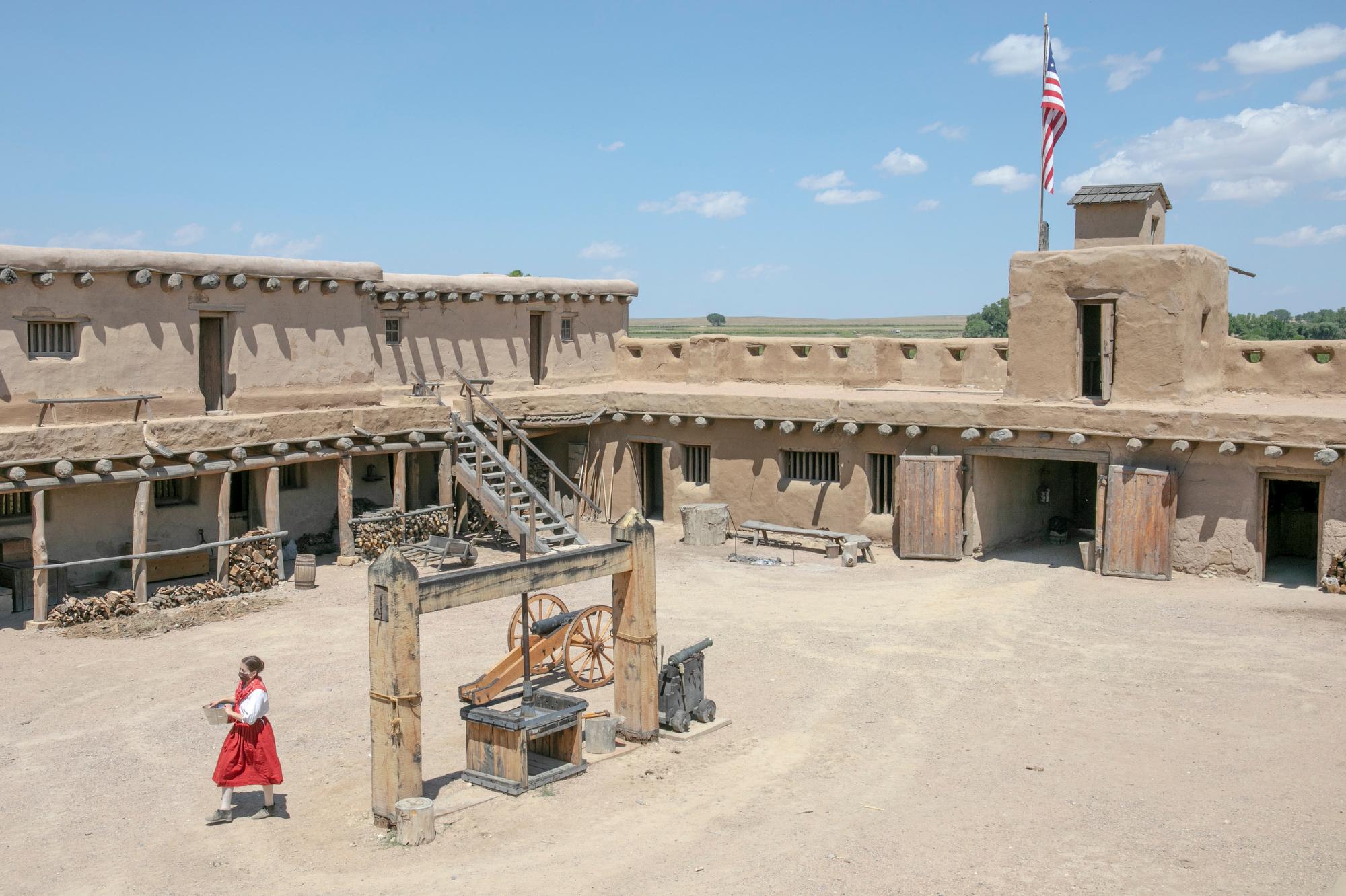
This year marks the 200th anniversary of the Santa Fe Trail as a major commercial route across the Great Plains.
It stretched more than 800 miles between the Missouri River and Santa Fe, New Mexico. Bent’s Old Fort near La Junta in Southeastern Colorado was an important stop along the trail. It’s now a National Historic Site.
KRCC’s Shanna Lewis spoke with Park Ranger Jake Koch about the trail’s history.
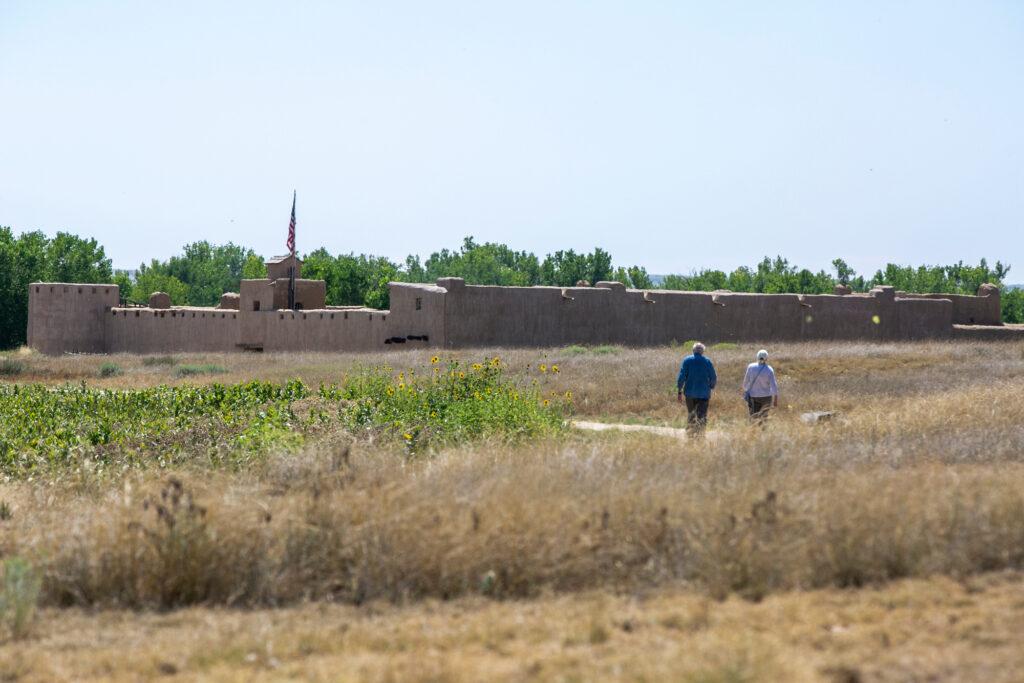
Interview Highlights
Why was the Santa Fe Trail significant?
"(Unlike the) Oregon Trail (which) is all about people, families moving west, the Santa Fe Trail is about people coming down to make money. When trader William Becknell first came over the trail in 1821, 200 years ago, he brought about $300 worth of trade goods, and he made a profit of nearly $6,000. The next year he came back with an investment of $3- $5,000 and returned with a profit of $91,000. That's over $2 million in today's money. So business was booming. It goes to Santa Fe and Taos and even all the way down into Chihuahua, Mexico.
It was a two-way street, too. There were almost as many, if not more, Mexican traders going east as there were American traders coming West, according to some accounts."
Was the Santa Fe Trail important in Colorado’s history?
"It’s the first path for people coming into Southeast Colorado. Once the Pikes Peak Gold Rush starts, the Santa Fe Trail is one of the major thoroughfares that brought some 100,000 people to Colorado during 1858-9."
There are actually two Santa Fe Trail routes. The Mountain Branch crosses more of Colorado than the other branch does. Why are there two routes?
"The trail split in western Kansas. The most often used route was not the Mountain Branch route. It was the other route, called the Dry Route or the Cimarron Cut Off. It's called the Dry Route because it goes for a huge stretch without water. You're also going right through the heart of Comanche and Apache territory who weren't, for obvious reasons, happy with people coming through their land. That was the most direct route though.
Bent's Fort is on the Mountain Route. It had water most of the way and it followed the Arkansas River and Timpas Creek.
Having Bent's Fort to stop at was a big plus because this is the only spot all the way up from Missouri where there's a blacksmith shop, a carpenter shop, a place where you can get wagon wheels fixed and get supplies. The issue though, is you have to go over Raton pass if you come this way. You know it's not fun nowadays in the winter on I-25, so imagine doing it with a wagon pulled by mules or oxen.
The northern route is roughly the route that Becknell takes on his way south for the first time 200 years ago in 1821."
What kind of terrain did the Santa Fe Trail pass through in Colorado back in the 1800s?
"In Colorado on the Mountain Branch, you've got the most diverse topography of the whole trail. In Kansas and the eastern part of Colorado, it’s open prairie and the river bottom of the Arkansas River. Eventually, though, there are hills and soon enough you can see the whole range of the mountains on clear days from the Spanish Peaks all the way up to Pikes Peak."
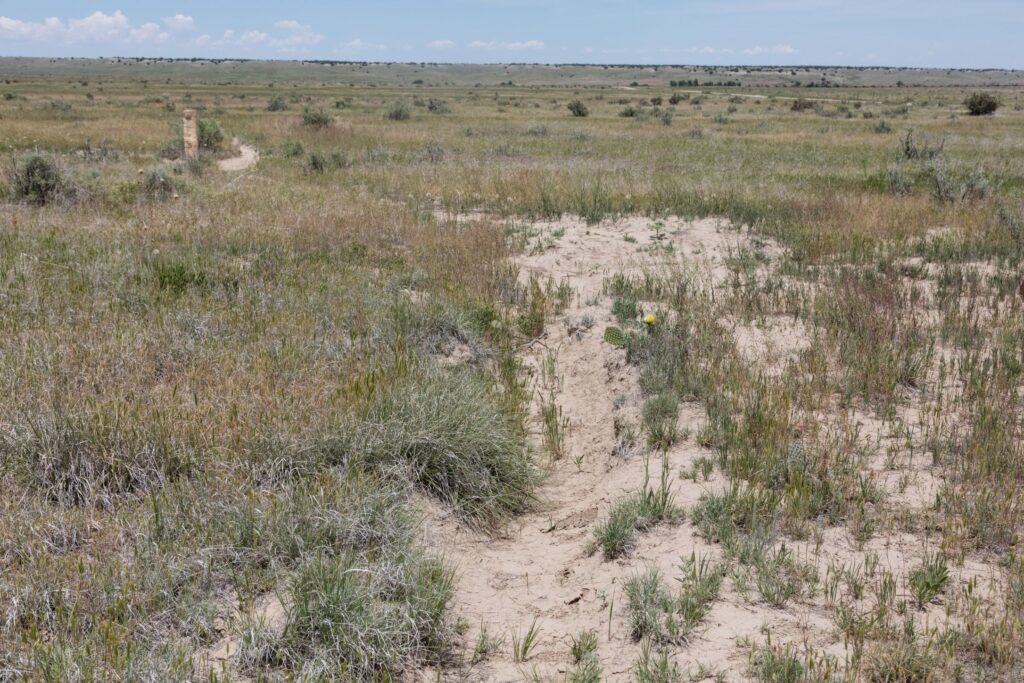
Who was using the trail back then, what they were carrying and how were they transporting it?
"You've got big operators like Bent, St. Vrain & Company, you've got smaller traders that might own a wagon or two. They'd all combine together for the big caravans just for mutual protection and safety and to help each other out. They're bringing out any manufactured goods that they could get their hands on — iron wares, textiles, things like that were really common to be brought from the east. Livestock and silver are probably the two biggest things going east."
What was life like on the Santa Fe Trail?
"There were definitely a lot of difficulties that were dangerous if you didn't know what you were doing, even experienced people could have a bad day. It was certainly tough going. I've read accounts where it takes them 30 days to go less than 30 miles in eastern Kansas on a really wet year, because every creek, stream and river is flooded, and they're up to their axles in mud."
William Becknell was considered the first person to establish the Santa Fe Trail 200 years ago. Who was he?
"A veteran of the War of 1812, he owned a mill and got hit hard in the financial panic (of the early 1800s) and was on the verge of going to debtors' prison. This time period is the start of the beaver trade and the mountain man era is starting on the Missouri River.
Spain, which held what is now Mexico, imprisoned anybody who came (into the territory) to trade. So Becknell puts out an advertisement asking for people to come join him on adventure but he doesn't really say what he's doing. He takes a few men along with him and makes a fortune."
Was there really no existing route before Becknell came through?
"Just like every trail system that you get from the East Coast all the way to the Pacific, the first trails are game trails that Native Americans start to use frequently. Then when the Europeans arrived, we say that we discovered all these trails, but really were piecing together Native American trails. There was a large trade network among the different Native American groups pre-contact.
So certainly, those are pieced together, we know the Spanish under Coronado came all the way up into Kansas and the Spanish were very active in what's now Oklahoma and Texas and even have expeditions in this part of the world. Zebulon Pike had already come out here in the early 1800s, as well and used a portion of what became that trail too. So really, he (Becknell) is piecing together routes and using common sense and following game trails."
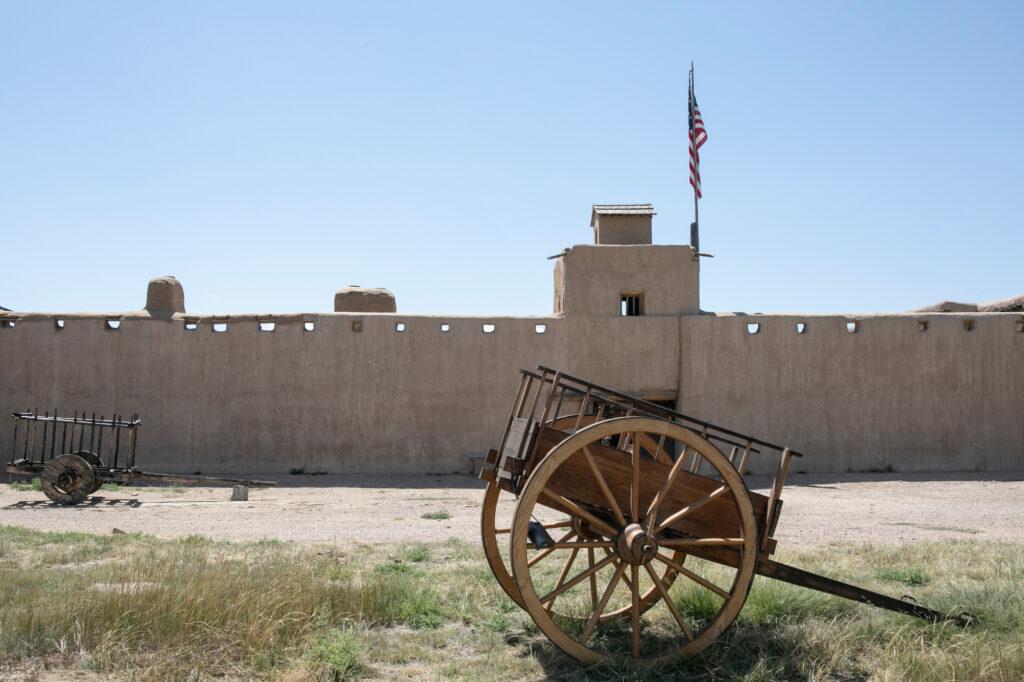
How did Bent’s Fort fit in on the Santa Fe Trail?
"For almost the entirety of (the Fort’s) history from 1833 to 1849, it's the only structure you'll run into in American territory along the trail. There was a blacksmith shop set up at Council Grove in eastern Kansas, but it was more like shade shelter, not an actual structure.
Bent’s Fort is a kind of constant that's there for 16 years. If there was an issue with a wagon and you need an axle repaired or a wheel repaired, this is the place to come to, you need blacksmith work done, this is the place to come to, you need any kind of supplies, gunpowder, lead, clothing, anything like that, this is the place to come to.
Besides that, it's the first place that you can come to and kind of let your guard down. You always had to be aware of that and watching and this is the one place where you could kind of relax for a couple days if you stayed here. So for all of those reasons, this was a really a safe haven."
How long did the Santa Fe Trail play a role in the region?
"The railroad came through southeastern Colorado in 1876 and that started changing things in the region. Once the Interstate Highway System came in the 1950s, it changed again. But the Santa Fe Trail is still here. US 50 follows the Santa Fe Trail for a good portion of it. It's still there between the railroads and some of the modern highways, but not the way it was."
This interview has been edited for length and clarity.
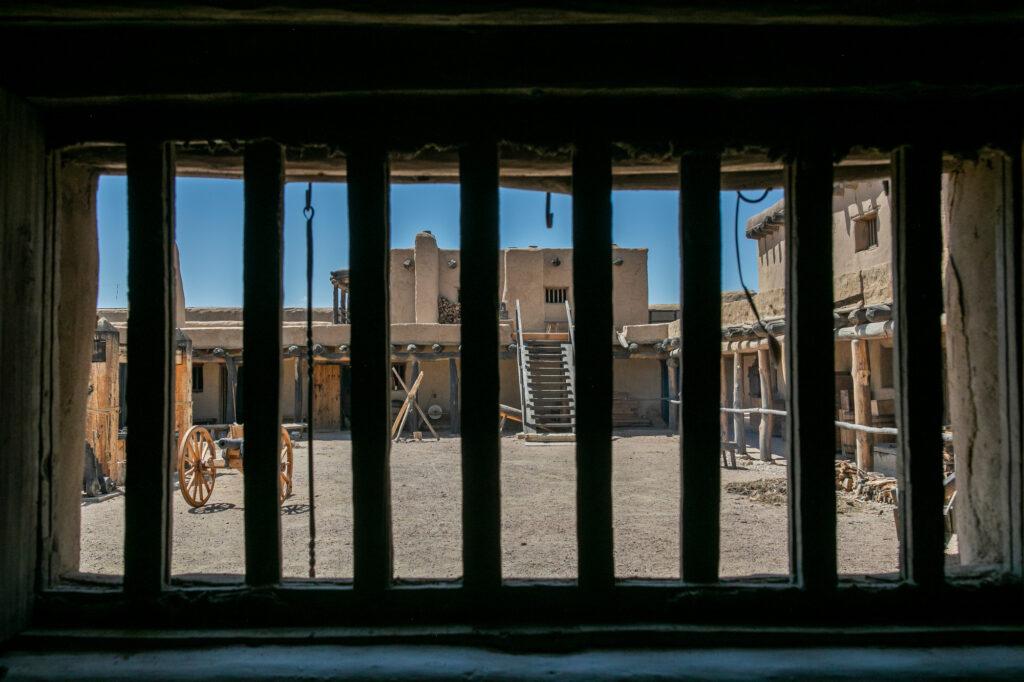
More info on the Santa Fe Trail 200th anniversary commemoration at Bent’s Old Fort:
Bent’s Old Fort is hosting a free event Sept. 23-26 that commemorates the 200th anniversary of the Santa Fe Trail.
More than 60 interpreters dressed in period clothing will demonstrate life at the Fort in 1843. Guest speakers will cover a range of topics such as music on the trail and Spanish horse tack.
Visitors are asked to leave their pets at home and wear masks inside the buildings.









